Joseph M. Goric is a 28 year-old amateur photographer with a growing passion for photography who was born and raised in Jerusalem. Self-taught, he continuously finds himself attracted to various photography styles. He is mostly drawn to documentaries, portraits and black-and-white images. In addition to photography he is a watch enthusiast; he spends quite some time reading about watches and the science of horology. He currently pursues photography as a hobby next to his day job as a cultural advisor and a linguist to one of the diplomatic missions in Jerusalem. He hopes to advance in the vast world of photography.
In partnership with Macallan, Leica ran the Masters of Photography Master Class competition, of which Joseph was a runner-up winner.
Q: How would you describe your photography?
A: Spontaneous and a form of discovery.
Q: When did you first become interested in photography?
A: I have always been a fan of National Geographic images and documentaries, and I believe that is what drew me closer to photography the most. After I got my camera, I started discovering all styles and art forms, specifically black-and-white images, which I am very fond of.
Q: Aside from inspiring you to take up photography as a serious pursuit, how do you think studying the images and documentaries in National Geographic influenced your approach to picture taking or the content and character of your images?
A: Aside from being an inspiration as mentioned, National Geographics’ specific style helped me expand my photographic education. I studied the images and tried to see the photographers’ message in each image. I also learned a lot from the photographic tips they provide; I managed to enhance my skills when taking landscape images, wildlife or expressive portraits. It also helped me know what to focus for when I’m out on the hunt.
Q: This was an award winner in the Macallan Photography Contest co-sponsored by Leica. It’s a brilliant, dynamic, beautifully composed shot, evidently of a festival or ceremony with many participants holding flaming candles aloft. Where did you capture this outstanding image, what was actually going on, and what were you thinking when you pressed the shutter release?
A: This image is very special to me, not because it is an award winner in my very first photography competition but because of the powerful energy and significance of the event it captured. The image was taken on “Holy Fire Saturday” at the Holy Sepulchre Church in the Old City of Jerusalem. It is the day preceding the Orthodox Easter and according to Orthodox Christian tradition, it is a miracle that occurs every year and where pilgrims from all over the world gather to experience it. That morning on my way to the Old City, I had one thing in mind and that was to capture that specific moment, the moment when the fire comes out from the believed tomb of Christ and instantly spreads throughout the church. As you can tell from the image, it was crowded, people standing shoulder to shoulder, and barely able to move. In order to get a better view of the overall atmosphere, I needed to quickly get to a higher level. I made my way through the devoted crowd and climbed on one of those giant columns similar to the ones that you see in the background. I was standing on the edge of the column base with barely enough space for both of my feet, with one hand hugging the pillar and the other hanging onto the camera. I stood there, among people’s prayers, for about an hour and a half. Then it happened as it does every year: people’s prayers get louder and louder, shouting the name of God in different languages and accents, and it progressively gets more intense until all of a sudden, you see the light making its way from the ancient tomb wall and across the church. I knew I had very little time to take the picture before getting back on the ground, and I had to get it right. I managed to snap several shots only to realize that this river of fire surrounded me. I somehow managed to sneak out of there with a beating heart and prayers of the crowd stuck in my head.
Q: This image in black-and-white is certainly striking and unusual. It shows what is evidently a torn poster of an intense looking photographer wearing a hat and peering out through a door opening, with plumbing pipes at the bottom of a chamber that looks like a water closet with the toilet removed! This comes across to me as an ironic comment on photography and photographers. What were you trying to convey with this shot, and what do you think it means to the average viewer?
A: It is an ironic comment on photography actually. The “I take your photo and you take mine” moment. I later found out that this poster was part of the Inside Out project that the French artist, JR, worked on in my region. I was walking in old Jaffa and the picture that was positioned in an abandoned corner caught my eye. I hardly believe anyone would give that spot any attention if it weren’t for that picture. I thought it looked pretty cool there.
Q: There is something amusing and almost surreal about the picture of a goat with a blue ear tag reclining peacefully on a moss-covered rock in the foreground with the most magnificent verdure and rugged mountain scenery in the background, and other goats scattered here and there. Where did you take this charming shot, and why do you think it makes people smile?
A: You can never go wrong with taking pictures of animals, especially when in nature or during play time/rest time. This image was taken in the mountains of Geirangerfjord, Norway. After walking solely for some time, I came across a large herd of goats that belonged to a monastery sitting at the top of the mountain, hence the blue ear tag. This particular little one seemed to enjoy his day to the fullest, soaking up some sun while having a siesta.
Q: I believe this image shows an assemblage of Buddhist or Hindu images and icons with some small jewelry arrayed in the foreground. It’s nicely composed, and the lighting is interesting, but what is the significance of this image and where was it taken?
A: This image was taken in the streets of Chiang Mai. It was my first night there and I arrived late but still wanted to discover the area around me. An artist had his paintings up in a small street shack. The lighting as you describe was interesting, the way it reflected on the canvases I thought was appealing and so I clicked away.
Q: I understand that you are a serious enthusiast, or as you aptly describe yourself, an amateur professional, but how do you see your photography evolving over, say, the next three years, and do you plan on covering any other exotic locations going forward?
A: My interest and passion for photography has been growing day by day. I hope that I expand my knowledge in photography, whether by enrolling in a photography school or continuing the self-taught method that I already do. I hope to venture on some personal projects; I would like to focus more on expressive portraits and street photography. There is always an intention to travel. To which exotic location though? Well that remains a mystery; we will see where life takes us.
Thank you for your time, Joseph!
– Leica Internet Team
Connect with Joseph on Twitter and his National Geographic profile.
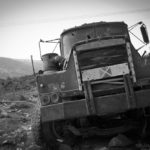

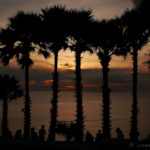
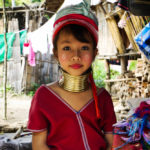
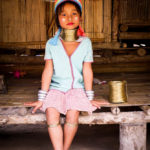
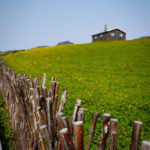


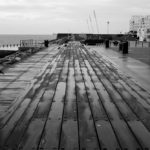
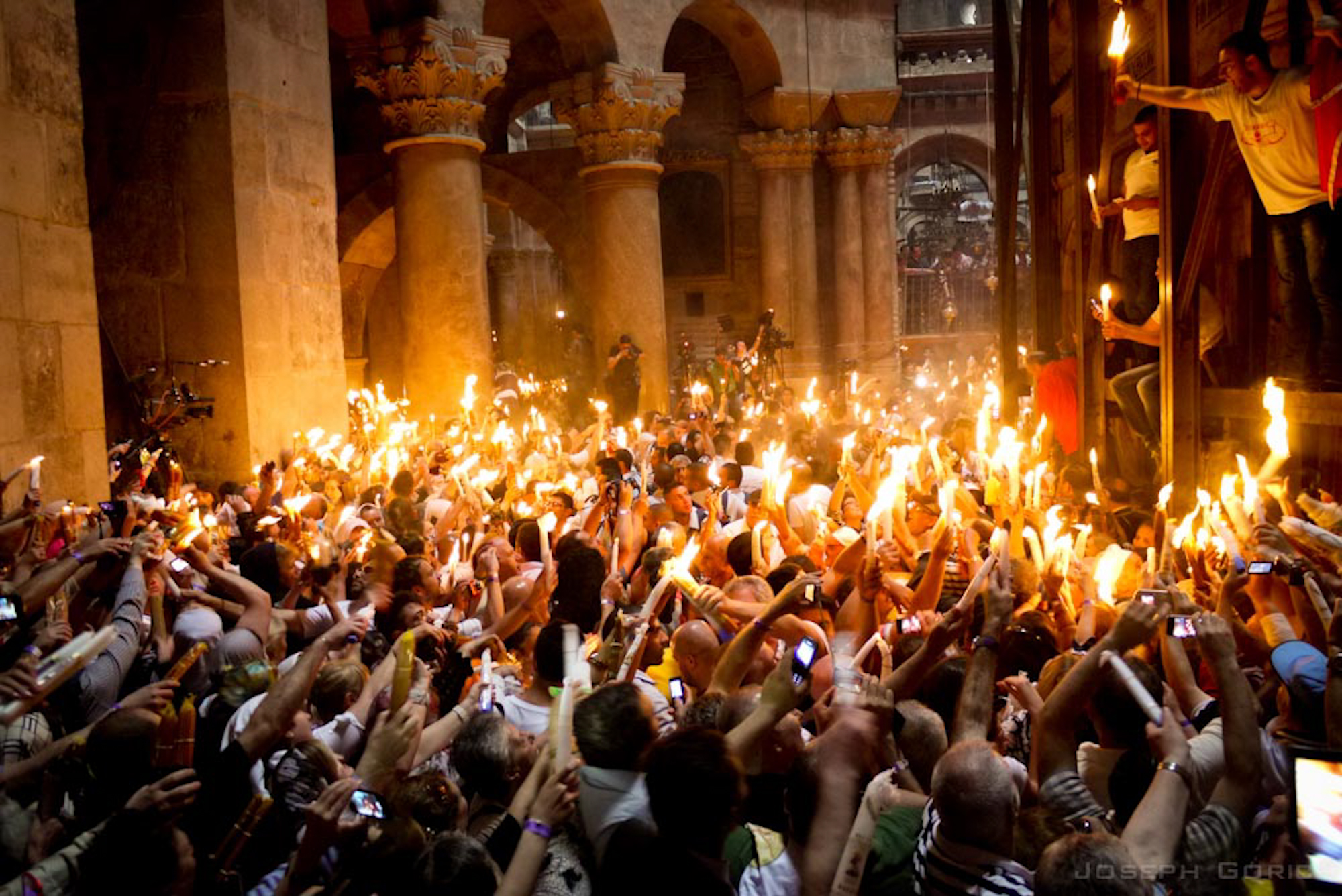
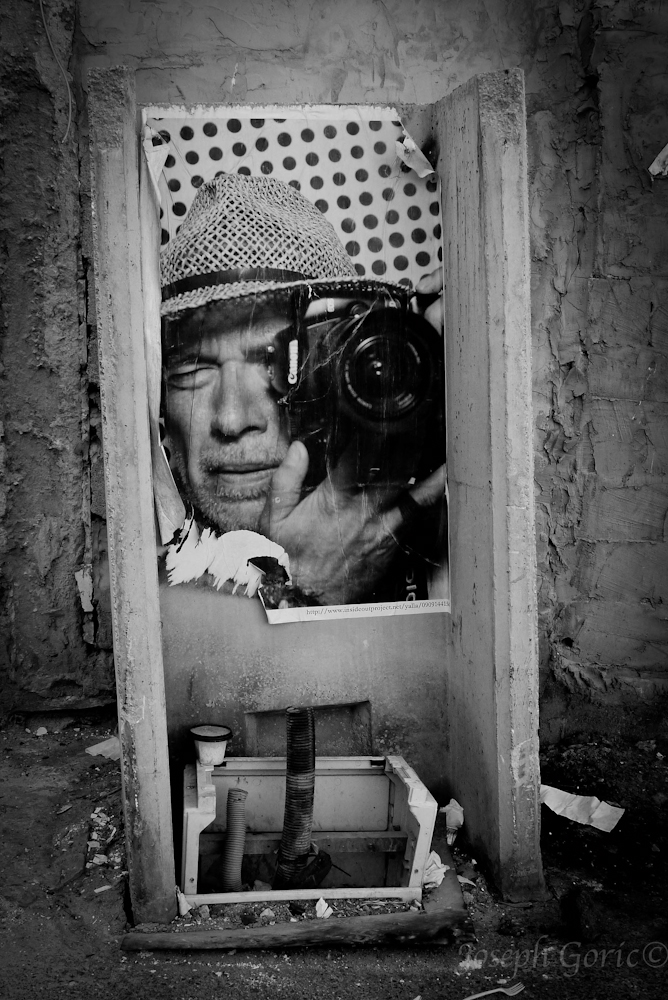
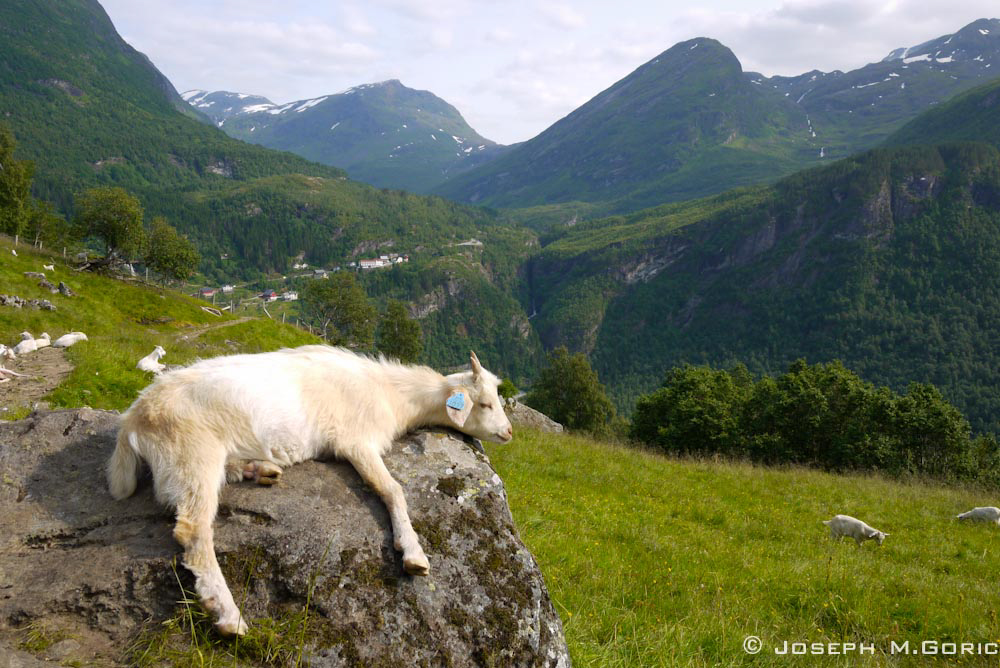
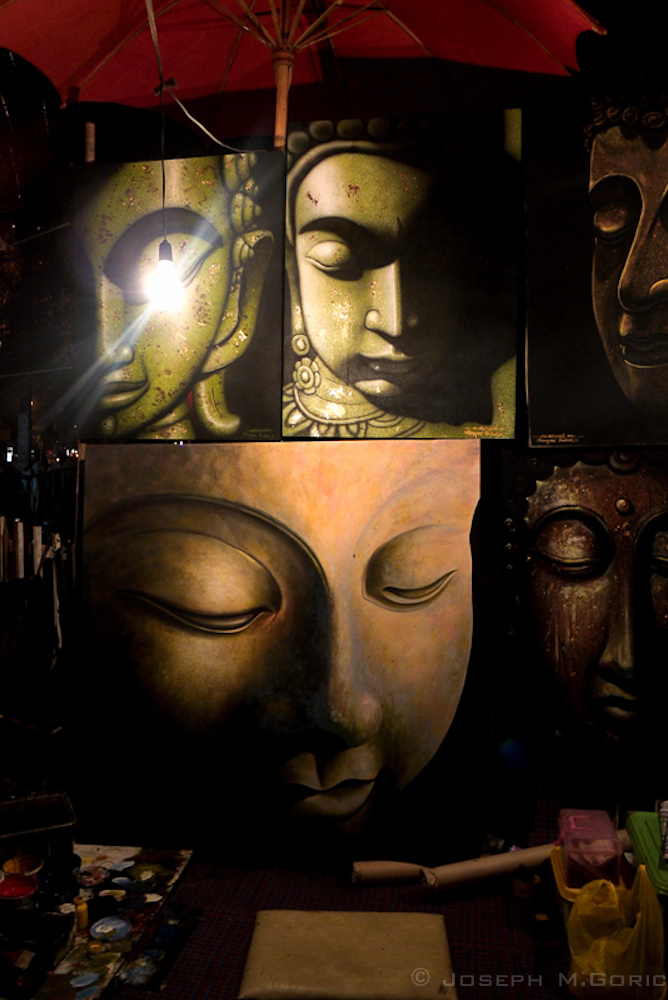
Comment (1)